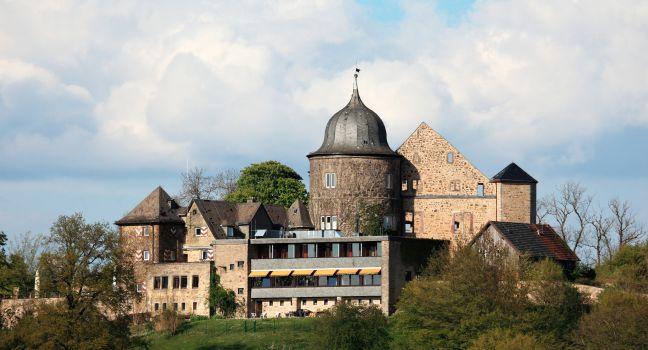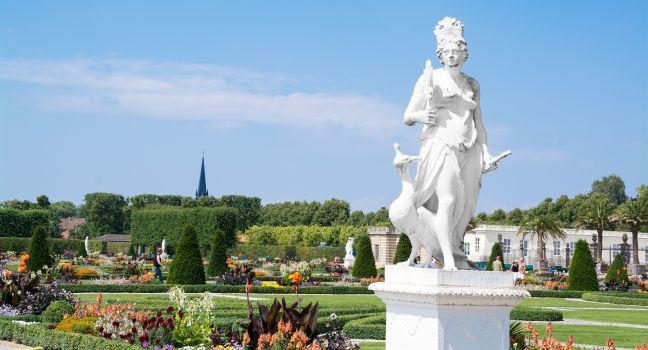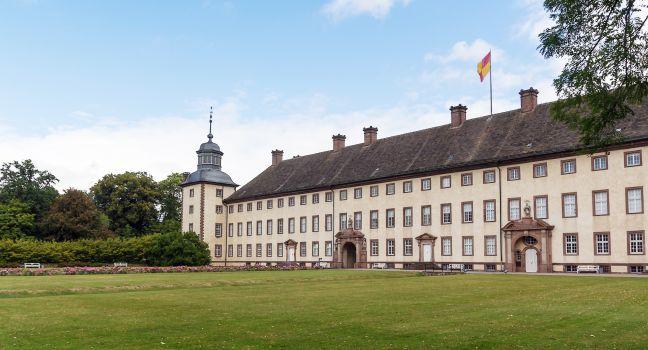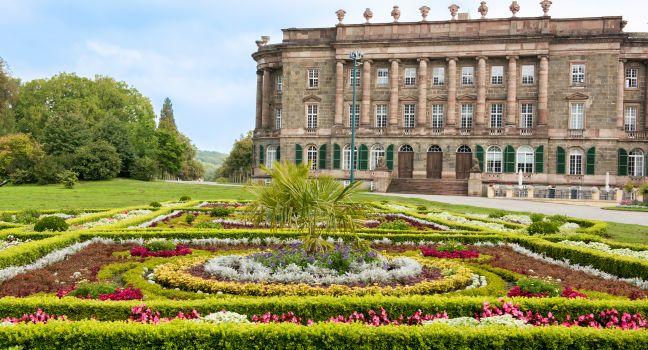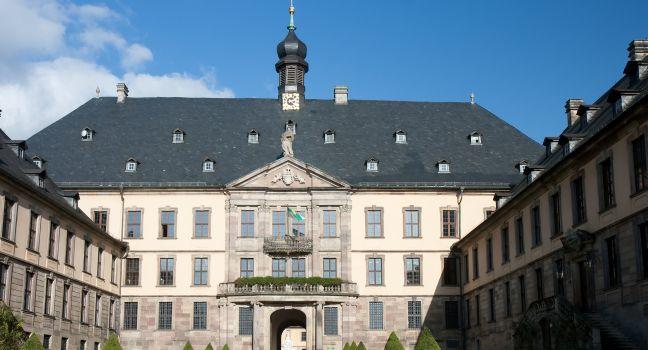Deutsches Auswandererhaus
Located at the point where 7 million Europeans set sail for the New World, the Deutsches Auswandererhaus is made to order for history buffs and those wanting to trace their German ancestry. "Passengers" get boarding passes, wait on dimly lit docks with costumed mannequins and piles of luggage, and once onboard navigate their way through cramped and creaky sleeping and dining cabins. After being processed at Ellis Island, visitors enter the Grand Central Terminal, from where they set off to settle in different parts of the USA. Further on, there is a section of the museum dedicated to immigrants to Germany, complete with a 1930s-era German-American pub, a German deli and, a sewing workshop that represents the working environment in the early 1900s. In the annex, there is an exhibition covering the 330 years of German immigration history. At the end of the tour visitors can research their genealogy using two international databases.
